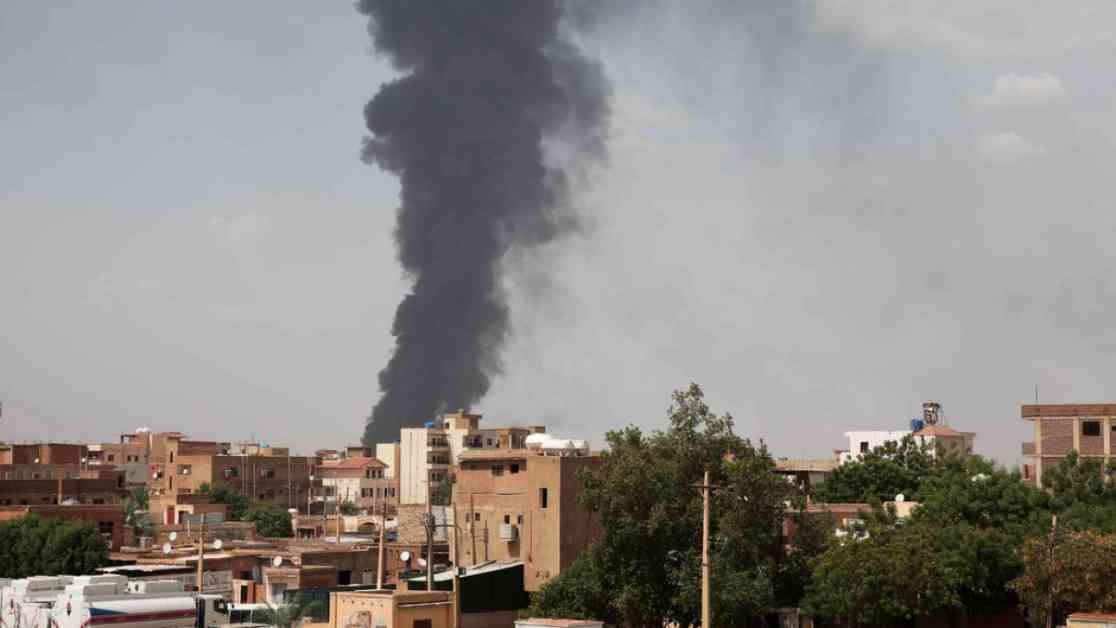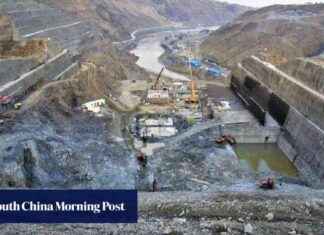Sudan Army Launches Major Offensive to Retake Khartoum: Latest Updates
Sudan’s army has launched a significant offensive in the capital, Khartoum, in an attempt to regain control of territory held by the paramilitary Rapid Support Forces (RSF), military sources have revealed to Al Jazeera. The offensive, which took place on Thursday, involved airstrikes targeting RSF positions not only in Khartoum but also in the northern regions of the city. This marks the army’s most substantial assault in months, signaling a heightened level of conflict within the capital.
Al Jazeera’s correspondent, Hiba Morgan, reporting directly from Khartoum, provided insights into the unfolding situation. Morgan stated that the army successfully seized control of three major bridges critical for transportation within the city. Among these bridges were two vital connections between Omdurman and Khartoum, the eastern part of Nile Bridge being one of them. The army’s advancements also brought them closer to Nile Street, a crucial route leading to the presidential palace, where intense fighting has been reported.
The Strategic Importance of Khartoum’s Bridges
Bridges serve as essential infrastructure for any city, facilitating the movement of people and goods across various parts of the urban landscape. In the case of Khartoum, the control of these bridges not only symbolizes territorial dominance but also strategic advantage. By securing the bridges connecting Omdurman and Khartoum, the army gains a crucial foothold that allows for the effective deployment of troops and resources. Furthermore, controlling these key points of access can significantly impact the flow of traffic and potentially disrupt the operations of opposing forces.
The significance of these bridges extends beyond mere physical structures; they represent the lifelines of the city, enabling the smooth functioning of daily life for its residents. As such, any conflict surrounding these vital links can have far-reaching implications for the local population, affecting their ability to commute, access essential services, and maintain normalcy amidst the chaos of war. The army’s strategic move to secure these bridges underscores the importance of infrastructure in the broader context of military operations and urban warfare.
Challenges and Risks in Regaining Control
While the army’s offensive demonstrates its determination to retake Khartoum from the RSF, the operation is not without challenges and risks. The presence of paramilitary forces like the RSF poses a formidable obstacle, given their established control over certain parts of the city. These forces have proven to be well-equipped and organized, making them a formidable adversary for the army to contend with.
Moreover, the urban environment of Khartoum presents its own set of challenges for military operations. The dense population, intricate street layouts, and numerous buildings provide ample cover for guerilla tactics and ambushes. Navigating through the city’s narrow alleys and crowded streets requires precision and caution to avoid civilian casualties and collateral damage. The army must strike a delicate balance between assertiveness and restraint to achieve its objectives while minimizing the impact on innocent bystanders.
The Stakes for Sudan’s Future
The unfolding conflict in Khartoum carries significant ramifications for Sudan’s future trajectory and stability. As the army and RSF engage in a high-stakes battle for control of the capital, the outcome of this struggle will shape the country’s political landscape for years to come. The ability to establish dominance in Khartoum not only signifies military supremacy but also political authority, as control over the capital often translates into control over the nation.
At the heart of this conflict lies the struggle for power and influence within Sudan’s fractured political landscape. The army’s offensive to retake Khartoum represents a bid to assert its authority and restore order in a city plagued by internal strife and discord. Meanwhile, the RSF’s resistance reflects a broader challenge to the traditional power structures and a desire to maintain their grip on key territories within the capital.
In conclusion, the ongoing offensive in Khartoum reflects the complex interplay of political, military, and social forces at play in Sudan. As the army pushes forward in its quest to regain control, the city braces for further turmoil and uncertainty. The outcome of this conflict will not only determine the immediate fate of Khartoum but also shape the broader trajectory of Sudan’s future.



























